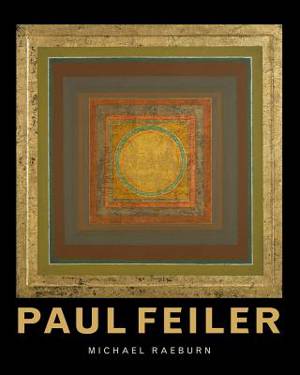
- Afhalen na 1 uur in een winkel met voorraad
- Gratis thuislevering in België vanaf € 30
- Ruim aanbod met 7 miljoen producten
- Afhalen na 1 uur in een winkel met voorraad
- Gratis thuislevering in België vanaf € 30
- Ruim aanbod met 7 miljoen producten
Zoeken
Omschrijving
The paintings of Paul Feiler (1918-2013), the focus of this first survey of the artist's life and career, were inspired by the English landscape, particularly the cliffs and inlets of the coast of south-west Cornwall. For his friend Peter Lanyon, Feiler's early works provided him with a sense of 'calm and I mean a sense of pause...To achieve that repose in the landscape I know one has to suffer the opposite.' Feiler's vision was based on the understanding that 'you stand vertically and you look horizontally'; through this he aimed to fulfil Cézanne's requirement that 'a picture should give us...an abyss in which the eye is lost.' He moved from painterly abstraction to an exploration of the elusive nature of space through the effects of narrow bands of colour, silver and gold in a pattern of square and circle, which he varied and developed over more than forty years. Based on full access to the artist's archive of letters, catalogs and photographs, Michael Raeburn describes how Feiler overcame many painful early experiences to achieve the meditative serenity of his deeply spiritual work. For all those interested in the history of modern British painting, this is a much-needed resource.
Specificaties
Betrokkenen
- Auteur(s):
- Uitgeverij:
Inhoud
- Aantal bladzijden:
- 192
- Taal:
- Engels
Eigenschappen
- Productcode (EAN):
- 9781848220287
- Verschijningsdatum:
- 1/06/2018
- Uitvoering:
- Hardcover
- Formaat:
- Genaaid
- Afmetingen:
- 246 mm x 292 mm
- Gewicht:
- 1397 g

Alleen bij Standaard Boekhandel
+ 176 punten op je klantenkaart van Standaard Boekhandel
Beoordelingen
We publiceren alleen reviews die voldoen aan de voorwaarden voor reviews. Bekijk onze voorwaarden voor reviews.











